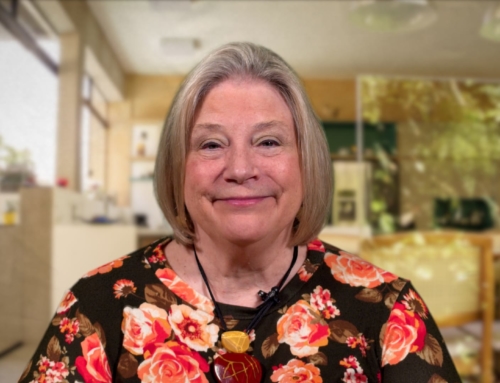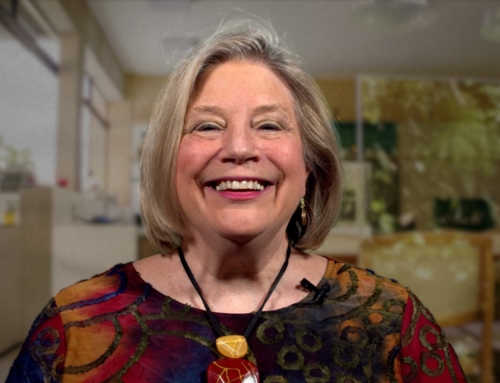Our last video offered some ways for you to stay centered when things get challenging in a therapy session. In this video we’ll take a closer look at disorganized attachment‒one of the more challenging and complex attachment styles to work with! The top two questions I address include:
1) How do you work with a “borderline” situation in a client?
2) How do you work with someone who has Dissociative Identity Disorder?
Using the example of a grapefruit, the exercise demonstrated provides you with a simple visual for explaining an integrated sense of self, as well as how to work with the splitting technique.
I greatly enjoyed making these videos for you and appreciate your questions and feedback. Please add your comments below.
Warmly,
Diane
8 Comments
Comments are closed.







Though I have few clients, they all fall in the borderline or DID range.
Two of your statements were extremely helpful/validating to me. One was the client’s fear that the negativity/hatred/violence would kill the love. You made the statement while describing the borderline, but it’s my DID client who most often verbalizes that fear. For the longest time, I couldn’t work with the negative parts of the client at all, so afraid was my client of never being able to come back. Now I work with the negative part through the presenting personality. I constantly switch back and forth, referring to the other parts by name but also reminding my client that they are actually parts of herself. The dimmer switch is very helpful as a metaphor also. Anything that helps her feel that she can work with all parts without losing control.
Thank you. These nitty gritty videos are very helpful and very validating.
Thank you so much Diane.
I have a client, who I think will understand the” grape Picture” .
Hopefully that will make our Work together a bit less shameful for her, since she really dont like her acting out..
Thanks Diane for these valuable nuggets on attachment. I like the way you highlight the essential features of each kind. I find that uncoupling fear from the freeze/dissociational response is always challenging, and can’t be rushed. And that primitive response can be hidden in avoidant and ambivalent responses. I wonder how you deal with it.
Diane,
I appreciate your skill in breaking complex ideas into simple concepts that are easy to understand. Your use of imagery and language that creates a picture helps me to learn. The grapefruit metaphor, though, is a problem for me. I’m a visual learner so I sat looking at the grapefruit cut in half and then into pieces and wondered how anyone could imagine what integration and selfhood would “look” like. We all know that after a grapefruit is cut into sections, it can’t be put back together.
Maybe using a beautiful weaving would be a better metaphor? We all begin life as a whole self/weaving. Life experiences can unravel our selfhood, a little or a lot. If our selfhood is unraveled, the threads can become disconnected. The good news is that we can find the threads and weave them together to restore selfhood.
For me, the weaving image better fits your warm and engaging tone and presentation. Just a thought.
Day
Diane,
Thank you so much for your generous offerings. I have learned so much from you!
Renate
That was a wonderfully clear explanation of the splitting and why and the dynamics that follow to that. Marvellous. Thank you
Honoring. Exactly. Honoring the reason for disjointed, off-the-wall feelings. That is the definition of ATTACHMENT work. How do you say…*I get you, I see why you feel that way, that part of you is right on!, I support and agree with that part.*
Making an analogy to fruits could be off-putting, but I cannot come up with an immediate alternative.
Said it before, and I’ll say it again…*Acknowledgement, acknowledgement, acknowledgment is the location location location of LOVE* or if you want to bring it
forward, its the location of REPAIR– healthy reciprocal communication.
Diane: love your work. Thank you.
Hi Diane!
Brilliant!! I love the way you bring it down to familiar terms.
I get it now. I have felt that split and have never seen anyone
present the information in such simple terms. Thank you,
Diane.